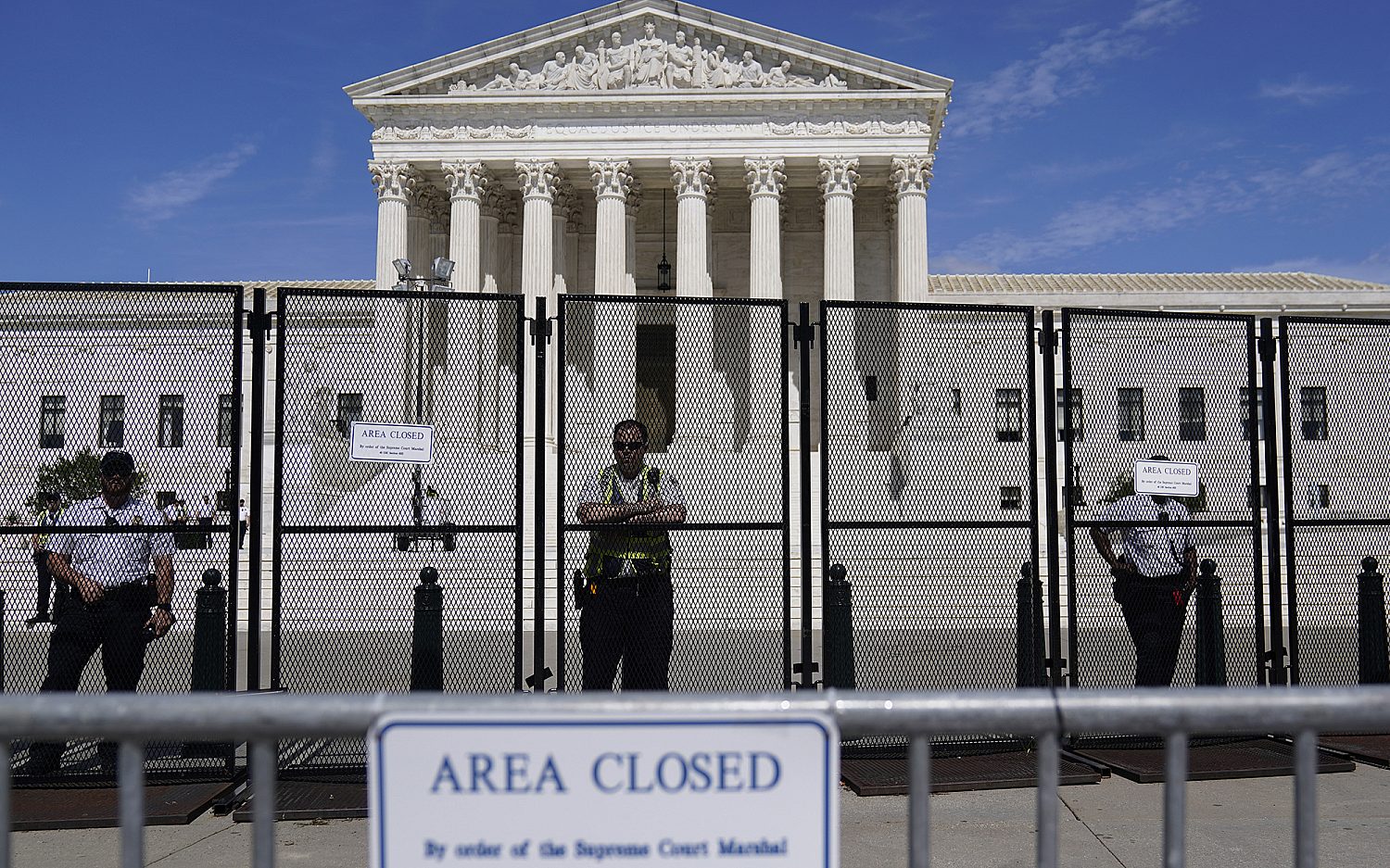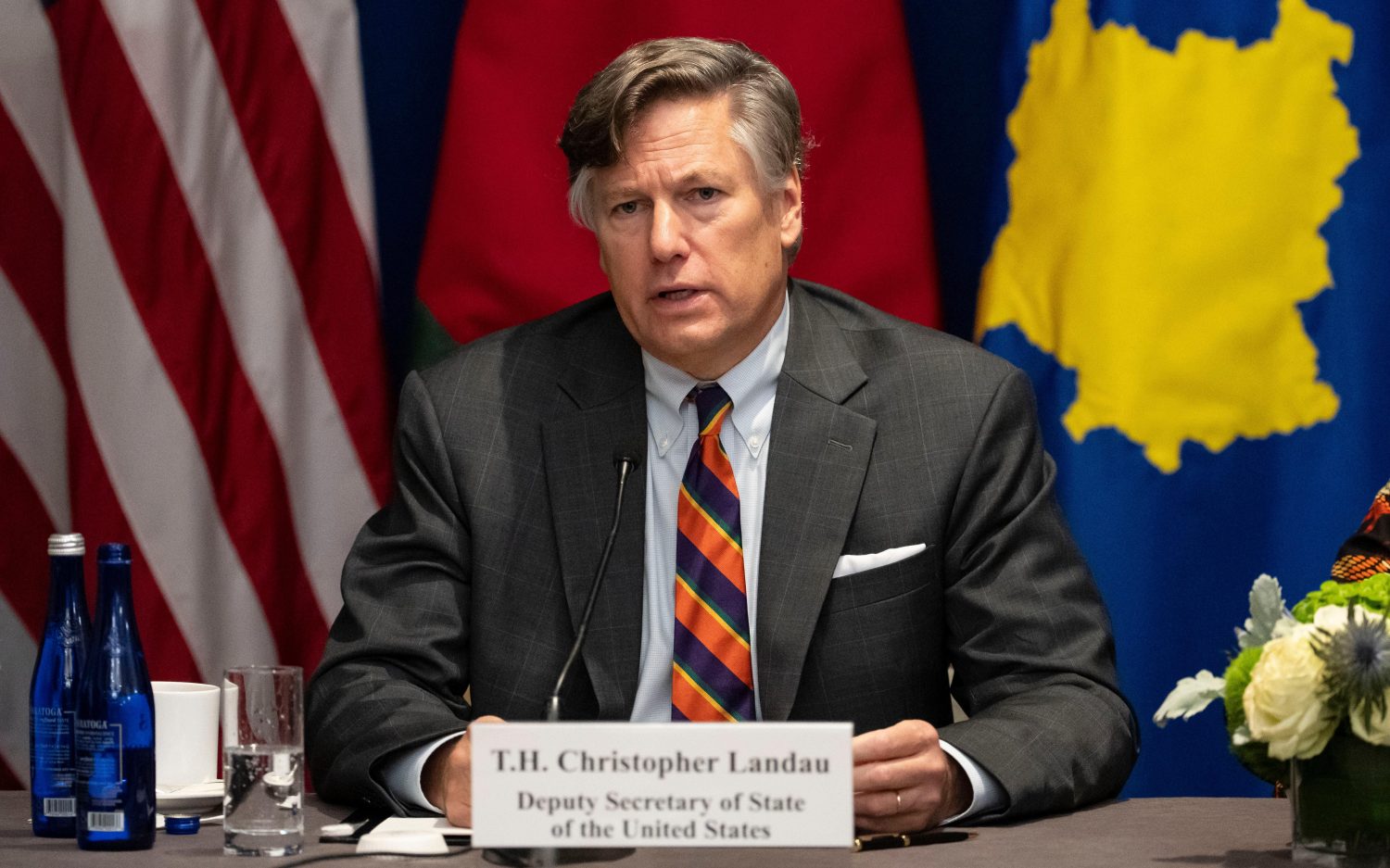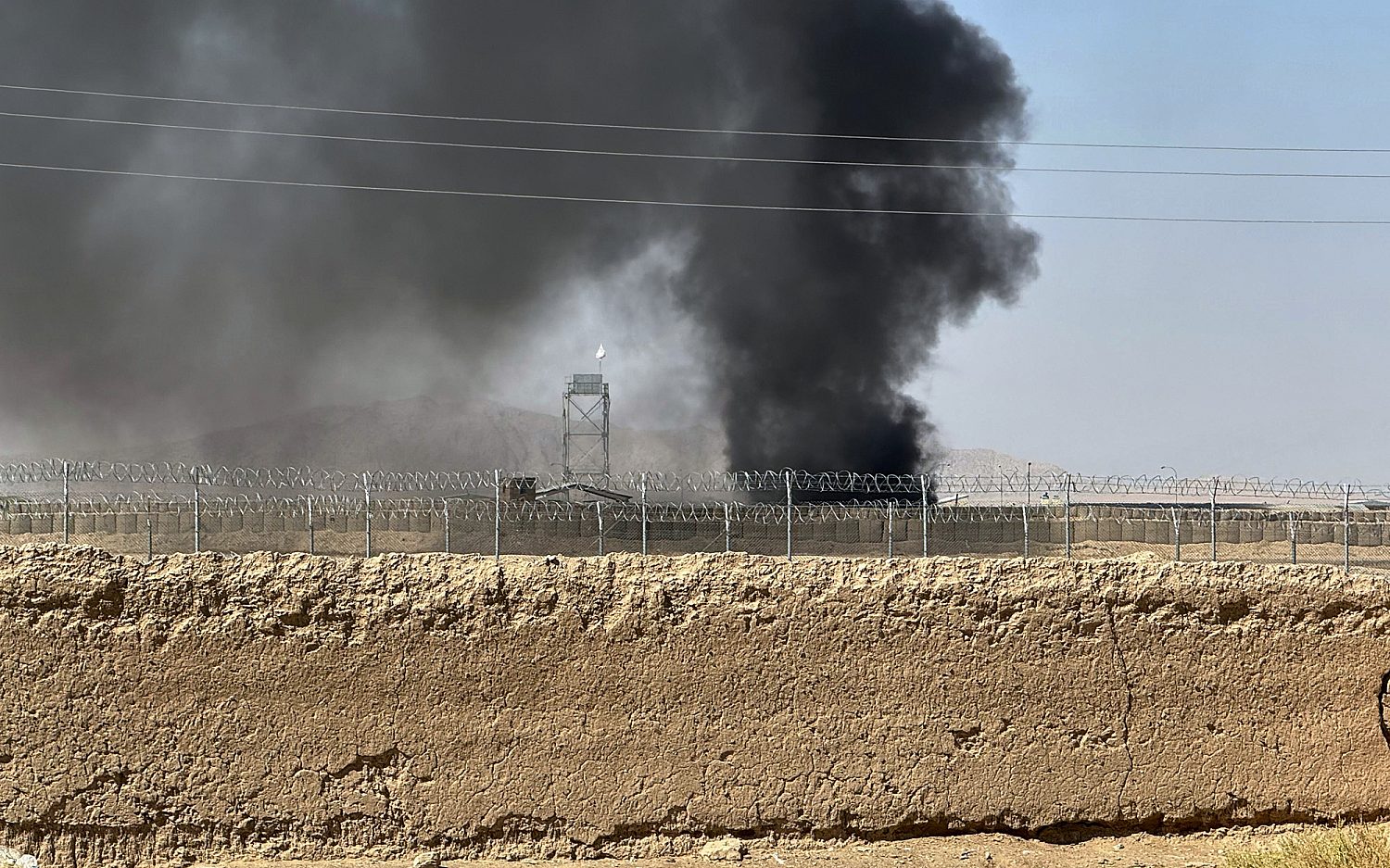AIDS in our cities
Faith communities have focused on solving HIV/AIDS in Africa, but what about the epidemic in American cities?
WASHINGTON-Faith-based organizations have been at the forefront of The President's Emergency Plan for AIDS Relief (PEPFAR), a federally funded initiative to treat more than 2 million people living with AIDS in Africa, reducing rates of infection and stemming the tide of the massive epidemic. But domestically the AIDS crisis is growing.
Washington, D.C.'s local government released numbers Monday showing that 3 percent of the district's population is infected with HIV/AIDS, triple the percentage that constitutes an epidemic. The city's rate is twice that of New York City, another nucleus of the domestic AIDS crisis, and five times the rate of Detroit. The local HIV/AIDS administrator, Shannon Hader, has put Washington's rates on par with Uganda, drawing national and international attention. The domestic AIDS crisis was at the forefront of the public's minds in the 1990s when AIDS deaths reached their highest, but since then it has receded from national attention.
Some details partly explain the higher numbers. First, increasingly effective drugs are keeping more people with HIV alive. Second, Washington has some of the most extensive testing for HIV in the country. Still, administrators like Hader say the actual infection rate is undoubtedly much higher than 3 percent. New infections are still happening, she adds.
The D.C. report shows the virus cuts across demographics, though gay African-American men are the most heavily affected. While a larger number of HIV carriers in Washington are homosexual (37 percent), the virus is prevalent among heterosexuals, as well (28 percent). Heterosexual couples having unprotected sex, or not remaining faithful to one partner, increasingly expose them to HIV. Eighteen percent, according to the report, acquired HIV through infected needles.
So what are churches and faith-based organizations doing about the problem of domestic AIDS, with Washington as the prime example? Those working in local AIDS programs that I interviewed could not name any churches in the D.C. area that have ministries dedicated to those with HIV/AIDS; churches couldn't name other churches with HIV/AIDS ministries, either. Most help to the infected comes from government programs and nonprofit organizations funded by the local government. Abstinence education is practically nonexistent, reflecting that mantra that "abstinence is unrealistic," as a Washington Post columnist, Courtland Milloy, wrote on Wednesday.
John Freeman offers a different perspective. He is president of Harvest USA, a national Christian ministry to the "sexually broken" that focuses on restoring people's sense of hope and dignity through the Gospel. The pervading philosophy in America doesn't allow for things like abstinence education, he said, but in fact abstinence education gives people more dignity than other approaches.
He argues that no true healing can come to anyone dealing with issues surrounding AIDS unless spiritual healing comes with it-to change hearts as well as health standards.
"[Treatment] has to be for a bigger reason," Freeman said. "There's a lot of work done out there in the name of sympathy or empathy." But that motivation, he added, doesn't hold a candle to "mercy."
One reason churches in Washington have so little involvement in the local AIDS crisis may be because of the stigma of drugs and homosexuality that comes with HIV. Freeman said about the infected: "Those are the modern day lepers in the church."
When people are in car accidents, he explained, you don't ask how they got in the accident; you administer first aid.
An actual newsletter worth subscribing to instead of just a collection of links. —Adam
Sign up to receive The Sift email newsletter each weekday morning for the latest headlines from WORLD’s breaking news team.





Please wait while we load the latest comments...
Comments
Please register, subscribe, or log in to comment on this article.